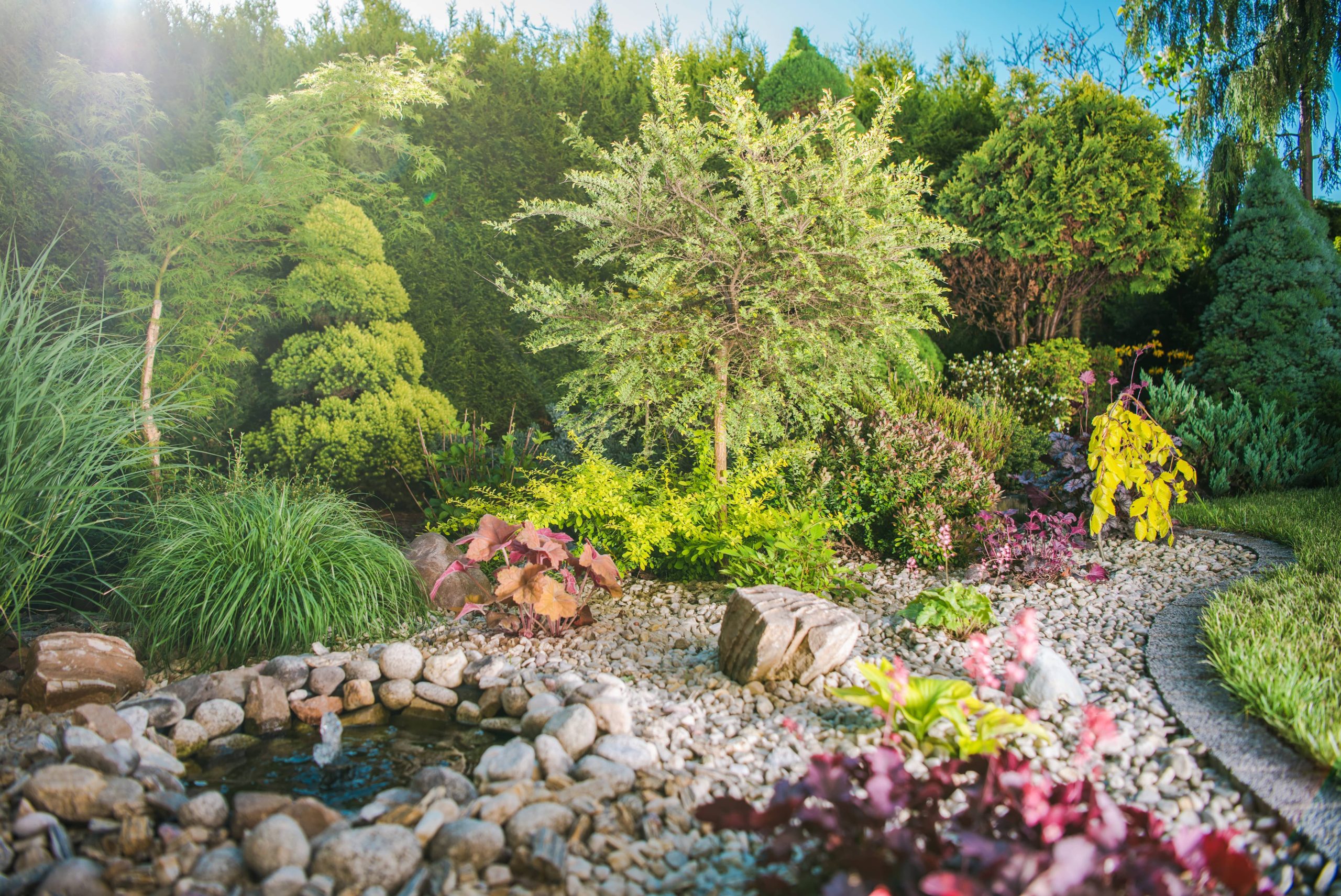
Birds bring life, color, and music into our backyards, creating a vibrant and dynamic environment. Not only do they add beauty to our landscapes, but they also contribute to the health of our gardens by controlling pests and pollinating plants. For these reasons and more, many gardeners and nature enthusiasts are keen on attracting birds to their backyards. If you’re eager to invite these feathered friends into your garden paradise, here are some effective strategies to entice birds to your backyard.
1. Offer a Variety of Foods
Birds have diverse dietary needs, so providing a variety of foods can attract different species. Start with a good-quality birdseed mix that includes sunflower seeds, millet, and cracked corn. Black oil sunflower seeds, in particular, are a favorite for many bird species due to their high-fat content and thin shells, which are easy for birds to crack open.
In addition to seeds, consider offering other foods like suet blocks, which are great for insect-eating birds such as woodpeckers and nuthatches. Fruit and berries will attract birds like bluebirds and robins. You can also hang up peanut feeders for jays and woodpeckers, but make sure the nuts are unsalted and free from any other additives.
Remember, natural food sources are just as important. Plant native trees, shrubs, and flowers that produce seeds, berries, and nectar. Native plants typically require less maintenance and are more likely to thrive, making them an excellent choice for creating a bird-friendly environment. Consider adding species such as coneflowers, elderberries, and serviceberries to your garden.
2. Provide Fresh Water
A reliable water source is crucial for birds, especially during dry spells or in urban areas where natural water sources may be scarce. Birdbaths are the simplest way to provide water, but their design and placement should be considered carefully.
Choose a birdbath with a shallow basin, as birds prefer water that’s about 1-2 inches deep. Ensure the edges are gently sloped to provide easy access and avoid slippery surfaces that might make it difficult for birds to grip. Place the birdbath in a location that’s visible to birds but not too exposed, offering nearby cover for protection from predators.
In winter, when water sources tend to freeze, equip your birdbath with a heater or invest in a heated birdbath to ensure birds have access to liquid water year-round.
3. Create Shelter and Nesting Sites
Birds need a safe place for resting, nesting, and protection from predators. Providing adequate shelter is an essential step in enticing birds to your backyard.
Planting dense shrubs and evergreens can give birds the cover they need. Opt for a mix of trees and shrubs that offer shelter year-round, such as holly, juniper, or boxwood. These plants offer protection and hiding spots from natural predators like hawks and owls.
For nesting, consider adding birdhouses that cater to different species. Ensure that birdhouses are placed at the correct height and are constructed with suitable materials. For example, bluebird boxes should be mounted 4-6 feet above the ground, while wren houses can be placed around 10 feet high.
If you’re unsure which species are native to your area, reaching out to local birding groups or conducting a little research can provide valuable insights into the types of birds likely to frequent your garden.
4. Reduce Pesticide Use
While pesticides help control pests in gardens, they can be harmful to birds, especially insect-eating species like swallows and chickadees. Pesticides can reduce the number of insects available for birds to eat and can even poison birds directly. Instead of chemical pesticides, turn to natural alternatives, such as neem oil or soap sprays.
Incorporate methods that support natural pest control. Encourage beneficial insects like ladybugs and praying mantises, which naturally keep pest numbers down. Additionally, attracting birds that feed on insects will naturally help manage pest populations, creating a symbiotic relationship in your garden.
5. Cultivate a Bird-Friendly Landscape
A diverse and thoughtfully designed landscape is key to attracting a wide variety of birds. Develop a layered garden with diverse plantings at varying heights—trees, shrubs, and ground cover—to provide habitat and resources for different bird species.
Include plants that provide food during different seasons. For instance, plants bearing berries or seeds in late fall and winter, like winterberry or ornamental grasses, can provide much-needed sustenance when other food sources are scarce.
Also, leave a section of your garden a bit “wild.” Natural leaf litter, piles of branches, and uncut grass can provide essential habitats for birds and insects, mimicking the birds’ natural environment and fostering biodiversity.
6. Engage in Citizen Science
Finally, consider participating in citizen science projects. By documenting the bird species visiting your backyard, you contribute to valuable data sets that help scientists track bird populations and their movements. Projects like the Great Backyard Bird Count and Cornell Lab’s Project FeederWatch rely on the public’s observations to gather insights about bird distribution, behavior, and diversity.
These projects not only benefit scientific research but can also enrich your bird-watching experience, allowing you to connect with a community of bird enthusiasts and learn more about the birds you attract.
In conclusion, transforming your backyard into a bird-friendly haven is not only beneficial for the birds but also enhances your garden’s aesthetic and environmental value. With the right combination of food, water, shelter, and natural gardening practices, you’ll be able to enjoy the presence of diverse bird species and the wonders of nature all year round. So start planning your bird-friendly garden today and get ready to welcome a chorus of chirping melodies right outside your window.







